
Life on Ukraine’s Frontline: Conditions, Morale, and Daily Realities
Ukraine’s frontlines are places of constant endurance. Across hundreds of kilometers of trenches and destroyed villages, soldiers balance the demands of survival with the discipline of defense.
This piece draws from firsthand conversations, soldier blogs, NGO reports, and defense analyses. It aims to depict what daily life is like for those holding the line: the physical conditions, operational rhythms, and morale that sustain them.
Living Conditions and Environment
The environment defines everything. Soldiers inhabit trenches dug into clay soil that alternates between dust and sludge depending on the season. Dugouts are reinforced with timber and sandbags but degrade quickly under shelling and rain.
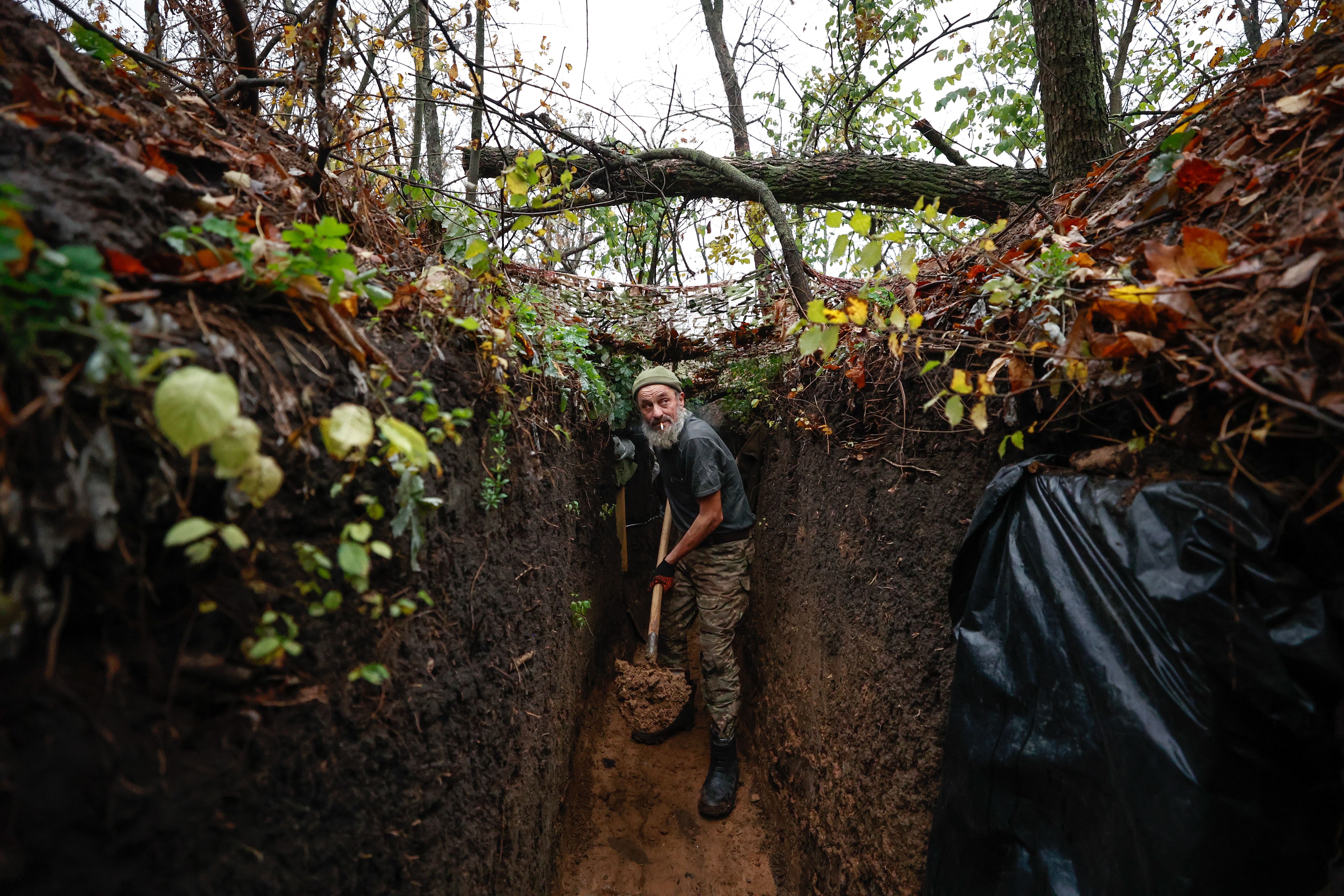
Flooding is common. Pumps run constantly where power allows, while condensation dampens clothing and gear. Keeping dry becomes a full-time task; fungal infections and cold injuries are frequent.
Supplies arrive irregularly. Rations are often supplemented by care packages and volunteer donations. Field kitchens, when possible, operate under camouflage. Fuel for heating and cooking is scarce and improvised. Comfort is not an expectation but an interruption.
Operational Routine and Fatigue
Frontline life runs on disrupted rhythms. Rotations are planned but rarely predictable. Some soldiers stay on the line far beyond scheduled intervals due to manpower shortages or changing offensives.
Days combine long stretches of waiting with brief, intense moments of activity. Observation, trench repair, and equipment maintenance fill the hours between attacks. Even during calm periods, vigilance is mandatory.
Sleep is shallow and scattered in two- or three-hour bursts. Fatigue dulls perception and heightens irritability. Many describe existing in cycles of exhaustion and adrenaline. Routine tasks such as cleaning weapons, digging, or recording supply logs, serve as both necessity and a coping mechanism.
Communication and Command
Technology keeps the front connected, until it doesn’t. Soldiers rely on encrypted messaging apps, radio networks, and drone feeds to coordinate. Electronic warfare, however, regularly cuts communication lines and GPS signals for hours.
Units adapt by using prearranged codes, runners, or even flares. Drones have become multipurpose tools: reconnaissance, targeting, and sometimes ad hoc communication relays. Their sound, a constant buzzing overhead, shapes the psychological atmosphere of the trenches.
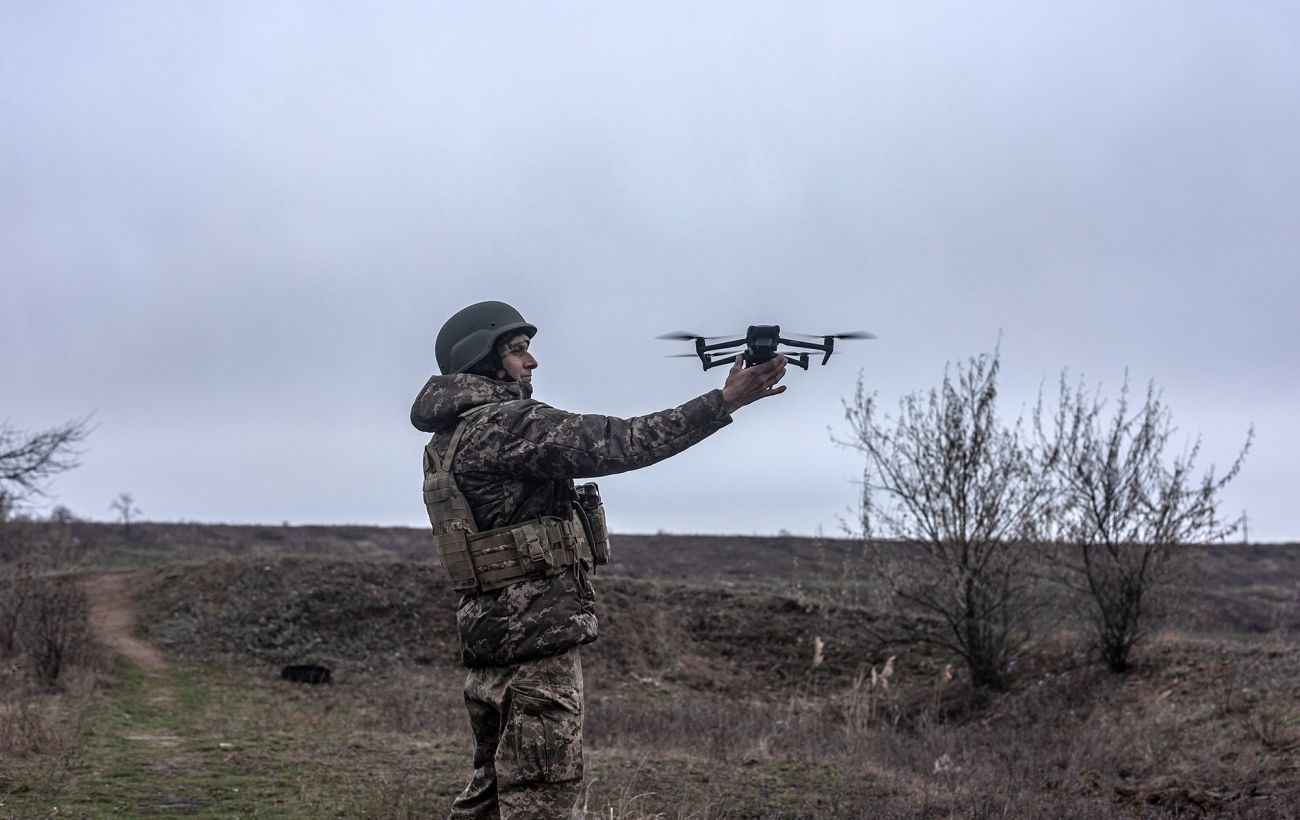
Recent analyses show that electronic warfare and new drone tactics are intensifying these challenges. GPS interference and jamming disrupt navigation and timing. Low-cost FPV drones, designed to bypass basic countermeasures, increase risk to vehicles and supply routes. Units respond with low-tech backups, hardened routes, and redundant maps.
Command on the frontline is decentralized. Small groups make independent decisions and adapt on the fly. That autonomy keeps operations flexible but places enormous mental strain on junior officers. Leadership, therefore, becomes as much about trust as command.
Morale and Psychological Atmosphere
Morale is built from endurance, not optimism. Motivation comes from camaraderie, duty, and shared identity more than from hopes of quick victory.
Units with strong internal bonds tend to endure stress better. Good leadership with clear orders, consistent support and small routines often correlates directly with morale. Fatigue, loss, and exposure to constant danger still erode it, but collective resilience often prevails.
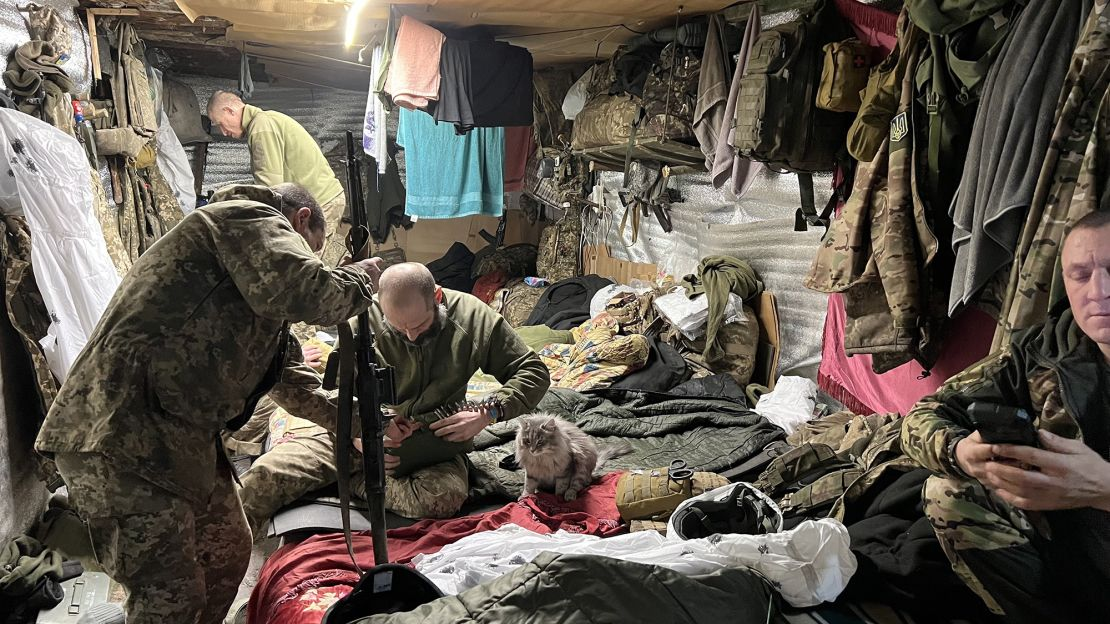
Psychological strain accumulates over time. Shelling, sleeplessness, and the loss of comrades produce chronic stress. Soldiers cope through humor, rituals, and brief moments of normalcy: a meal, a phone call home, a holiday remembered.
Some brigades have psychologists or chaplains; others depend entirely on peer support. Formal mental health care remains uneven. Still, most soldiers describe morale as functional not cheerful, but steady.
Civil-Military Interface and Support
Behind every trench is a network of civilians keeping it supplied. The military handles core logistics, but volunteer and NGO networks fill countless gaps. These groups act as informal couriers for essentials from medical kits and spare parts, to power banks and winter clothing.
Deliveries move through improvised routes, sometimes within artillery range. Coordination relies on encrypted chats and trust rather than formal channels. When the military supply chain stalls, volunteers fill the void.
Some medical NGOs, such as field paramedic units, provide rapid on-demand deliveries of equipment and medicine to support casualty care and evacuation. Their presence directly affects survival and morale in overstretched sectors.
This volunteer supply chain has become integral to the war effort. NGOs gather feedback from soldiers, relay needs to donors, and often bring symbolic items from families like letters, photos, or local food. These gestures reinforce the link between the frontline and the civilians behind it.
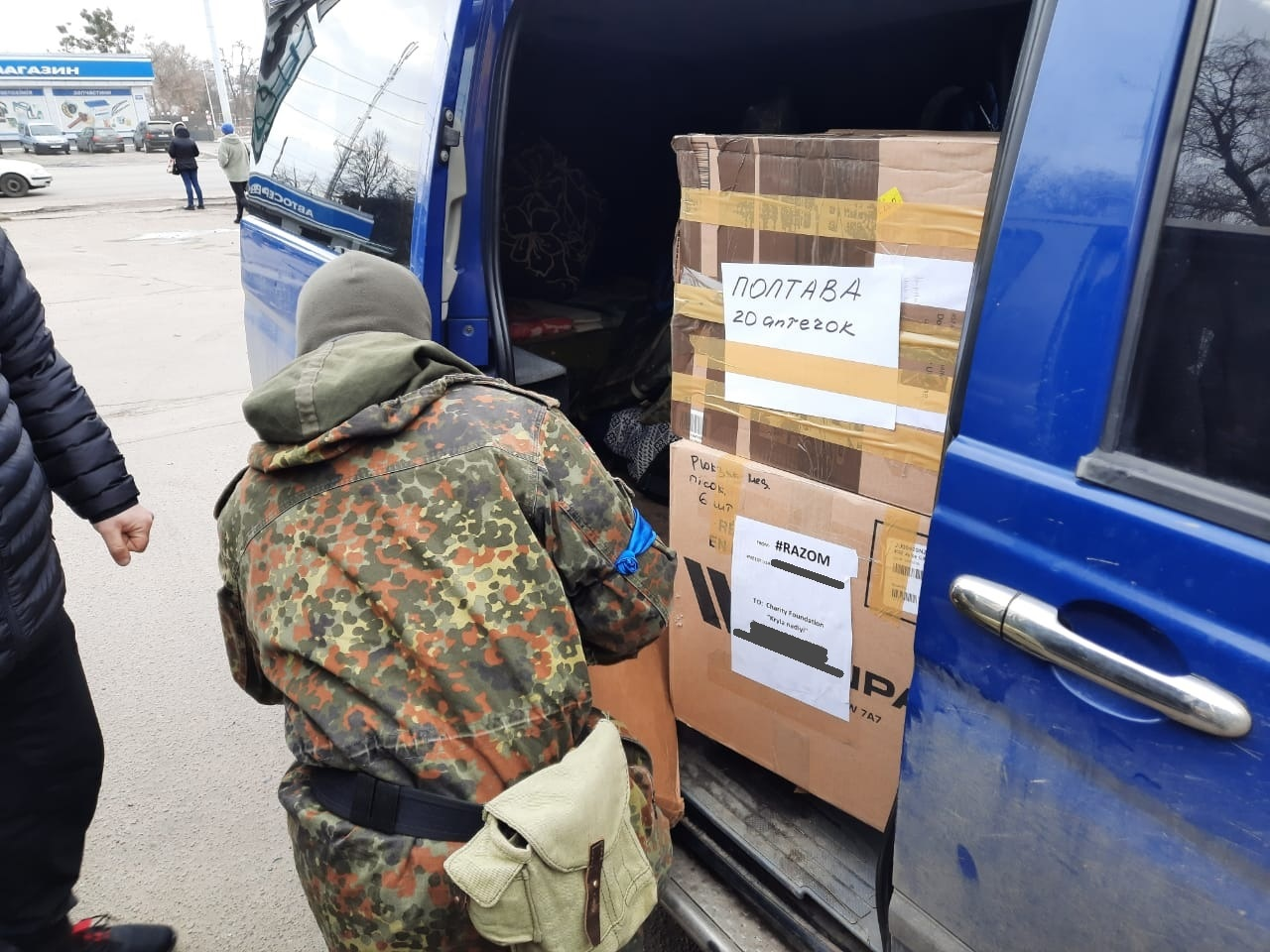
Social media plays a coordination role too. Telegram groups post anonymized needs; civilians pledge donations or arrange transport. Operational details stay hidden, but the visible flow of aid has become a national ritual of support. Soldiers often describe these deliveries as proof that the country stands with them.
Still, volunteer logistics face sustainability problems. Fuel costs, vehicle damage, and personal risk are constant concerns. To adapt, larger NGOs are professionalizing their systems: securing structured funding, establishing regional hubs, and organizing semi-regular delivery schedules. This makes operations more reliable without losing their flexibility, though risks remain high in contested areas.
Sustaining the Front
Ukraine’s challenge is no longer only tactical, it is human. As the war continues, the ability to endure matters as much as the ability to fight.
New efforts aim to standardize rotations, rest centers, and mental health support. Coordination between brigades and NGOs is becoming more structured, integrating civilian flexibility into military planning. Yet the accumulated fatigue is evident. Many soldiers who joined in 2022 have served for years with minimal time away from combat zones.
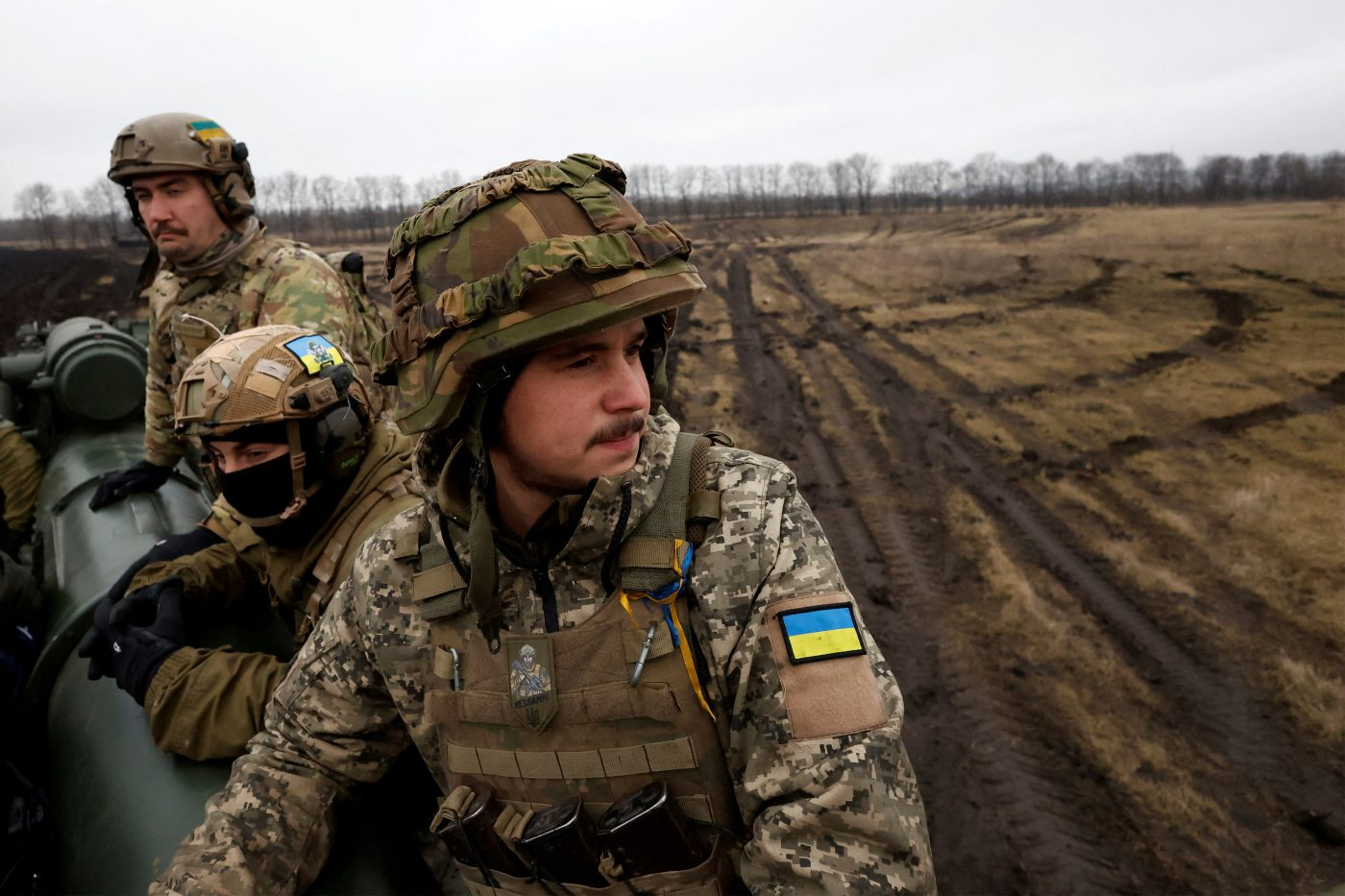
The frontline atmosphere today is one of resilience tempered by strain. Soldiers innovate constantly, finding ways to maintain both function and spirit. What sustains them most is the network that connects them to the rest of the country, commanders who listen, volunteers who deliver, families who wait.
In the end, the strength of Ukraine’s defense lies not just in weapons or strategy but in these relationships. The war has produced a collective system of endurance: informal, improvised, and deeply human. That system continues to hold, one delivery, one trench repair, and one exhausted rotation at a time.